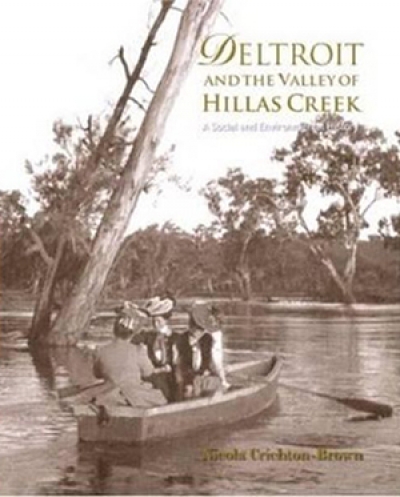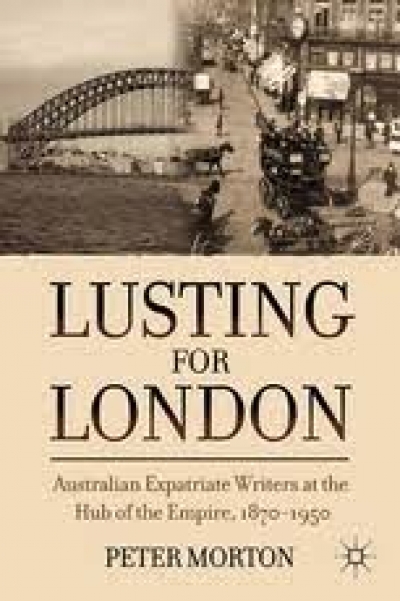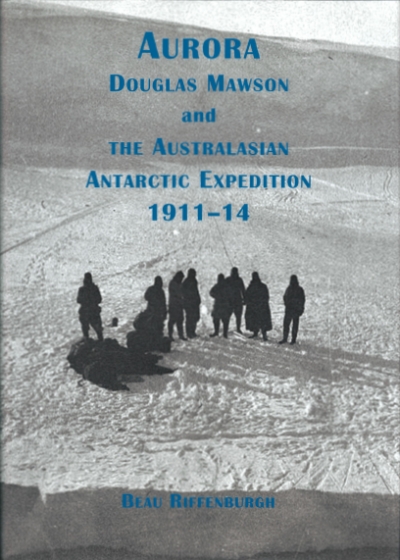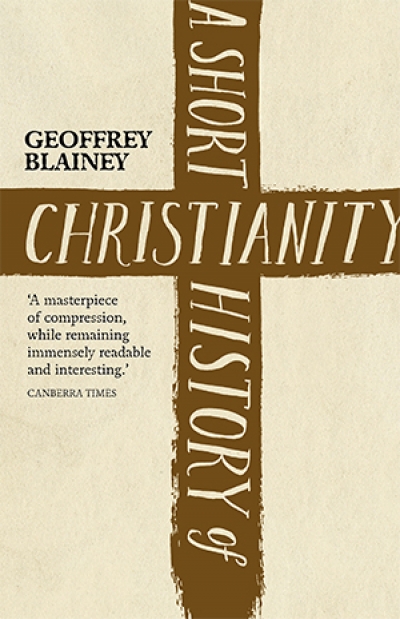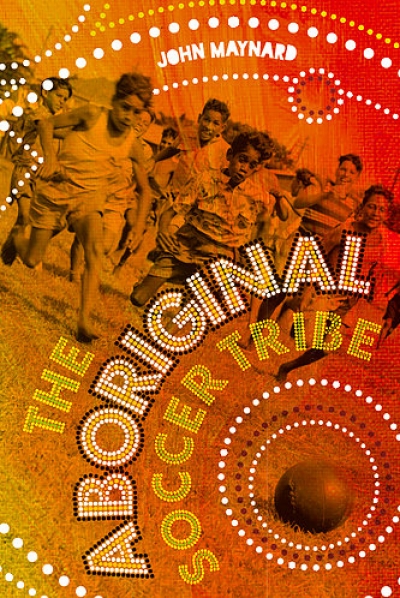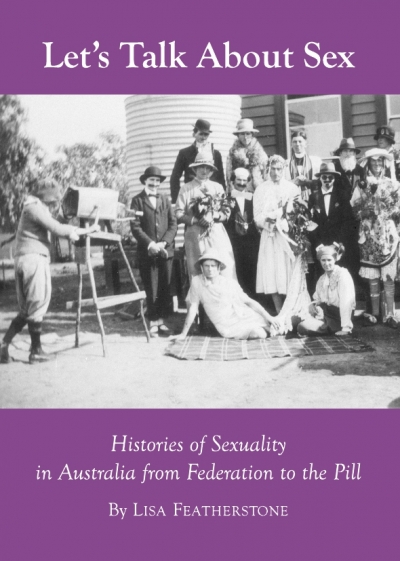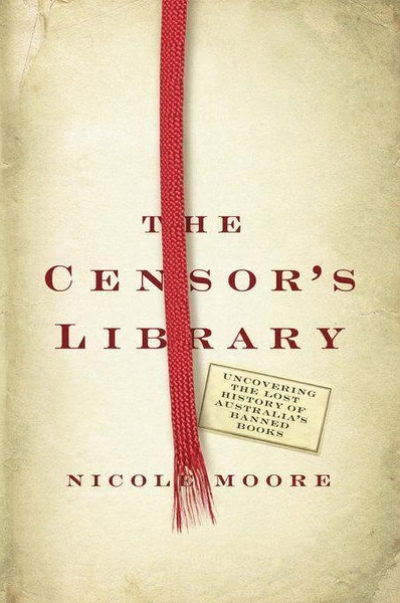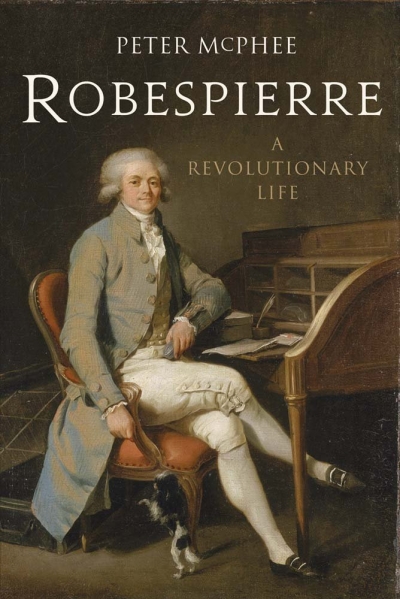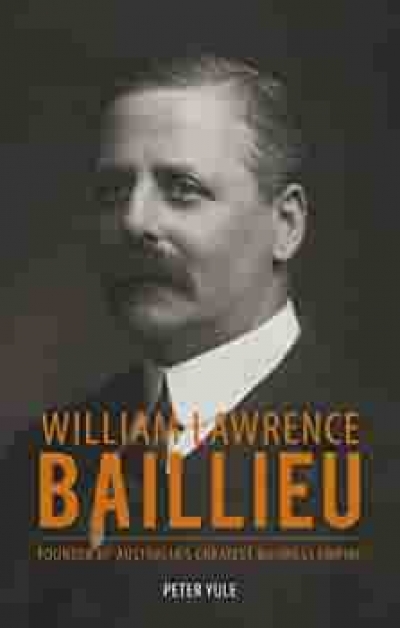History
Deltroit and the Valley of Hillas Creek: A Social and Environmental History by Nicola Crichton-Brown
Deltroit (pronounced del-troy) is an exceptionally fine pastoral property and homestead in the Riverina – ‘pastoral’ in the Australian sense, with drovers, not shepherds, and the furies of fire, flood, and drought never far from mind, notwithstanding a privileged life in magnificent surroundings:
... (read more)Lusting for London: Australian Expatriate Writers at the Hub of Empire, 1870–1950 by Peter Morton
Until recently, there was a prevailing attitude that to succeed as a professional author one had to go into exile. The small Australian market could not support a writing career; it was necessary to travel abroad and court a larger readership. Because Australia was a British colony, the obvious destination was London, heart of empire.
... (read more)Thinking the Twentieth Century by Tony Judt, with Timothy Snyder
This author, this book, and its composition are all extraordinary. Tony Judt, one of the most distinguished historians of his generation, made his name with studies of French intellectual history, then in 2005 he published his masterwork, Postwar: A History of Europe Since 1945. ...
... (read more)Aurora: Douglas Mawson and the Australasian Antarctic Expedition 1911–14 by Beau Riffenburgh
The years 1909 to 1914 were unusually busy in Antarctica. Back in 1900 the continent had barely been walked on, but in the succeeding decade or so, expeditions of scientific and geographical enquiry, often burdened with heavy loads of imperialist endeavour, penetrated to the heart of the last unexplored continent. The attainment of the South Geographical Pole became the emblematic centrepiece of triumph and tragedy in the so-called ‘Heroic Age’ of Antarctic exploration. In January 1909 Ernest Shackleton and three others were forced to turn back just a few days’ travel from the South Pole. Two years later, in December 1911, the southern geographical extremity of the planet was first reached when Norwegian Roald Amundsen and four companions stood at the pole. Just over a month later, a defeated and exhausted British party led by Robert Falcon Scott marched away from the South Pole to their deaths and, until recent historical deconstruction, a revered place in Britain’s Imperial folklore.
... (read more)Any recent ‘big picture’ church history will suffer by comparison with Diarmaid MacCulloch’s A History of Christianity (2009). That book discovers all manner of new evidence about this protean religion and opens up questions about its life in every age and across every continent. Even its subtitle, The First Three Thousand Years, wants us to appreciate that Christianity has to be understood through its origins in the Hebrew and Greek cultures of the millennium before Bethlehem. Geoffrey Blainey’s history begins more conventionally with the birth of Jesus.
... (read more)The Aboriginal Soccer Tribe: A History of Aboriginal Involvement with the World Game by John Maynard
Communities, extended family connections, and role models have been keys to Aboriginal participation in Australian sport. Other factors – racist exclusion among them – have limited the appearance of Indigenous athletes in professional running and boxing. The high proportion of Aboriginal footballers now playing in the Australian Football League and both rugby codes inevitably begs the question of absences in other major sports.
... (read more)Let’s Talk about Sex: Histories of Sexuality in Australia from Federation to the Pill by Lisa Featherstone
In Australia’s past, sex has been theorised, pathologised, even criminalised, but comparatively little has been written about the topic. One of the more exciting developments in Australian historiography over the past fifteen years has been the inclusion of gay and lesbian narratives. These perspectives have broadened understandings of Australia’s past and have shown how reading original historical sources against the grain can provide evidence about the intimate lives of Australians.
... (read more)The Censor’s Library: Uncovering the Lost History of Australia’s Banned Books by by Nicole Moore
Even at the age of eighty-four it appears that our censors of old possessed a moral clarity that no longer exists. Censorship was carried out by the state as a force of moral purpose, protecting the population from the consequences of reading banned literature: to wit, moral decline and subversion, particularly among the powerless. This was pertinent to children whose innocence entailed a lack of knowledge of moral turpitude and who were seen as particularly vulnerable.
... (read more)The ‘good’ biographer always opts for a nuanced portrait, and this is what Peter McPhee has given us in his well-written, reflective, sympathetic account of one of the most enigmatic, complex leaders of the French Revolution, Maximilien Robespierre (1758–94). McPhee had his work cut out for him. Those familiar with the period may come to this book, as I did, with somewhat preconceived ideas. Robespierre conjures up a rather distasteful character, a revolutionary with all the negative connotations that word can conjure: a zealot, cold, calculating, idealistic, paranoid, the prototype of the totalitarian bureaucrat capable of sending friends and colleagues to the guillotine for the ‘cause’. So I was curious as to what McPhee, a leading historian of the French Revolution, made of the man, and how he accounted for Robespierre’s condemnation to death of so many people.
... (read more)William Lawrence Baillieu: Founder of Australia’s Greatest Business Empire by Peter Yule
Although William Baillieu was not the founder of the Baillieu dynasty in Australia – that honour belonged to his father and mother, who produced sixteen children after he jumped ship and settled in Queenscliff – it was through him that the family name became a dominant one among the Melbourne Establishment. Six of the sixteen Baillieu siblings were involved in what Peter Yule describes as Australia’s greatest business empire, centred on the Collins House group. William Baillieu was its founder, builder, and leader.
... (read more)

